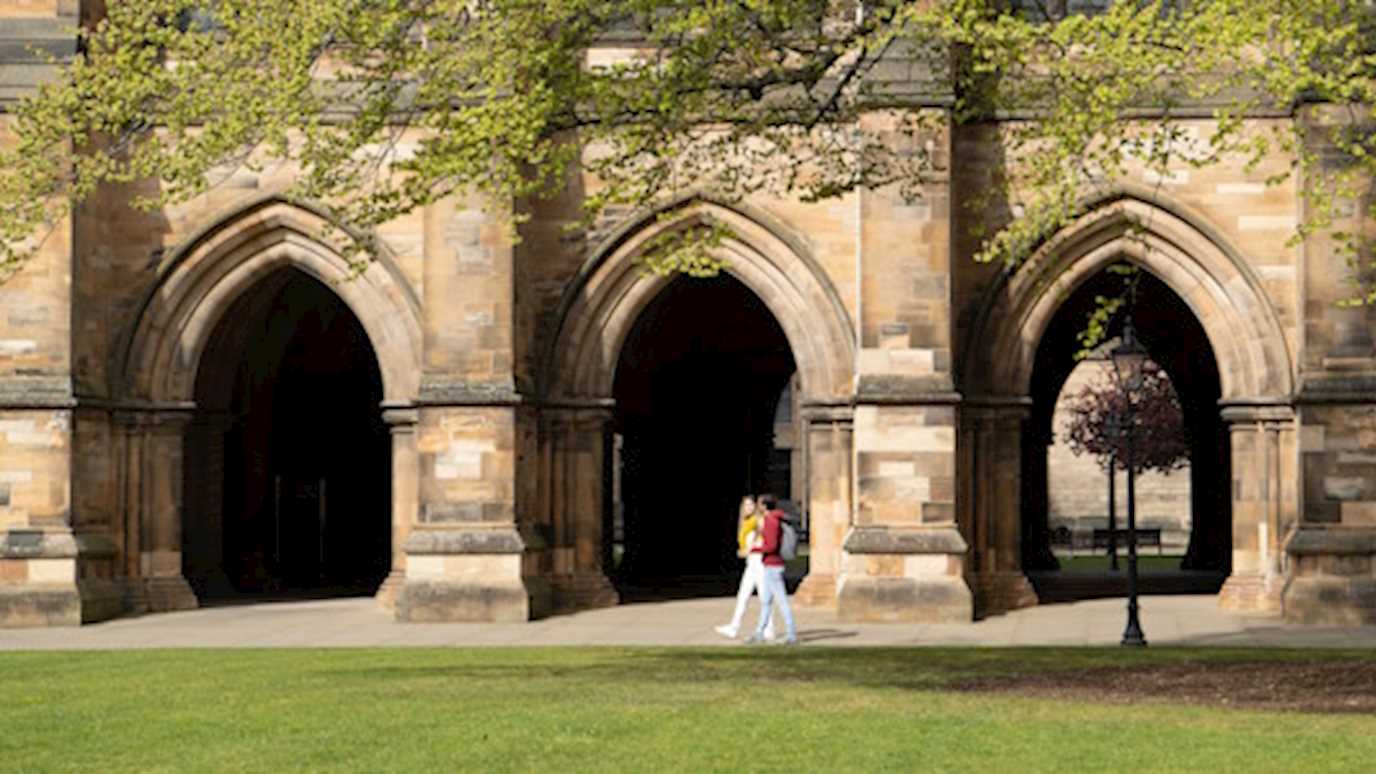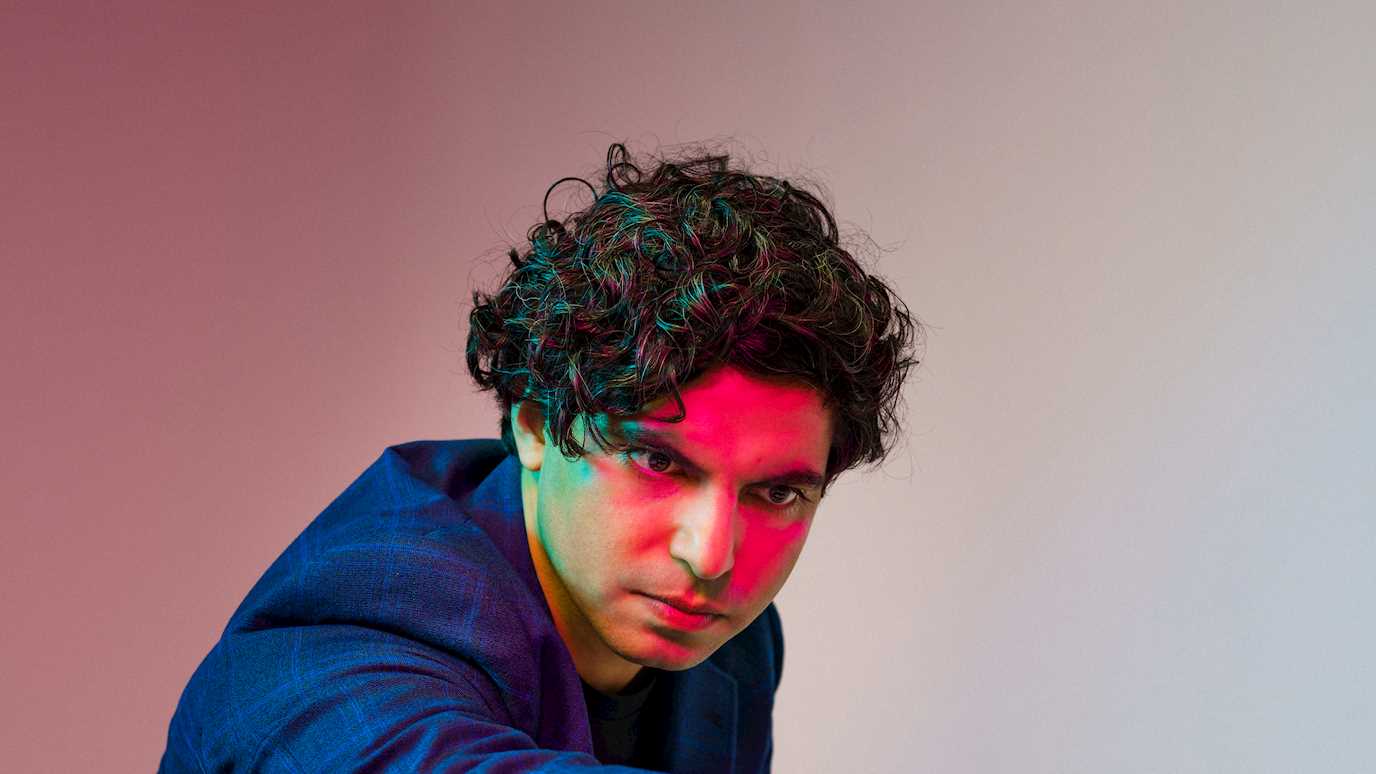On 23 May the Centre for Audiovisual Research (CAVR) hosted ‘Everest 1922: Audiovisual Perspectives’, a centenary event focussing on the audiovisual dimension of Climbing Mt Everest, the first film of an expedition to Mt Everest.

Silent Film historians Professor Ian Christie and Dr Jan Faull provided important context about expedition films and the history of Everest films overall, while Professor Julie Brown detailed the original musical approach to presenting the film in the broader context of musical approaches to ‘silent’ travelogues.
A student ensemble, featuring orchestral scholars and conducted by MMus student Matthew Elderton-Lewis, brought to life the stand-alone music - mostly composed by mountaineer and amateur musician T. Howard Somervell - while Brown attempted to recreate the way in which, in 1922-23, a small orchestra accompanied the masked ritual dance section of the film by imitating ‘Cham music on Western musical instruments. None of this music has been heard since 1923.

A highlight came later in the afternoon when four monks from the Tashi Lhunpo Monastery facilitated a comparison between this 1922 Western imitation of ‘Cham and the real thing. Currently touring the UK with their ritual dance performance, the monks took time out from their schedule to contribute to the research event, including demonstrating key instruments (such as dungchen and gyaling). Kachen Choedak explained the history and context of Tashi Lhunpo’s traditions and responded to audience questions, while Kachen Lobzang Stanba presented a solo costumed Shanak dance (‘black hat’ tantric dance), similar to the one that features in the 1922 film. The four monks then performed live to the sequence of film capturing a masked ritual dance that Western musicians had tried to accompany ‘authentically’ in 1922-23 – a privilege to witness.
























